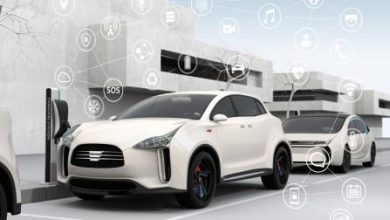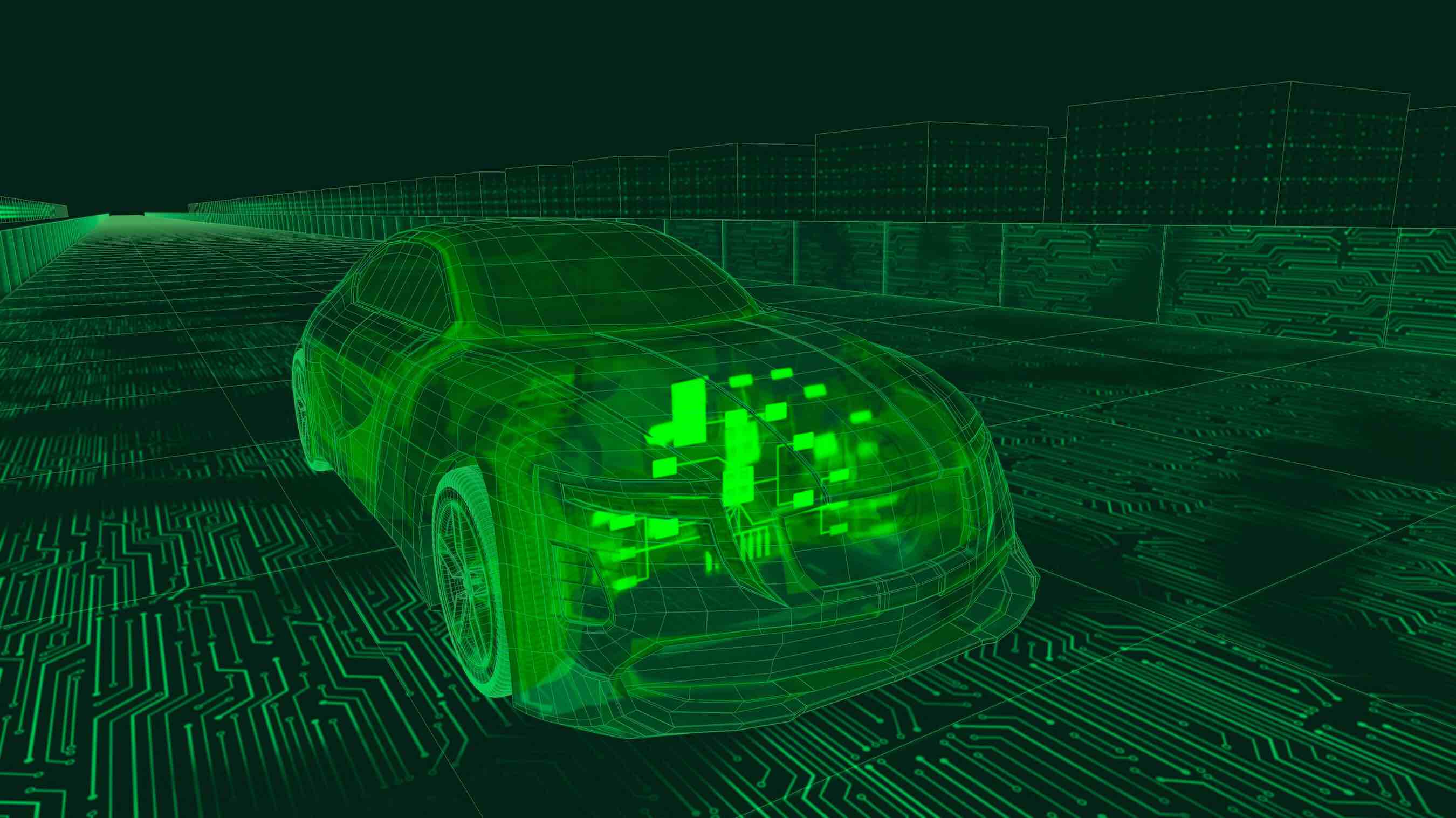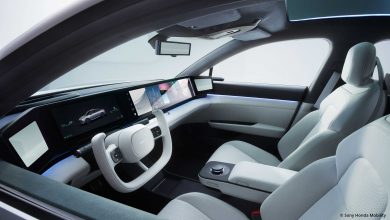eSync Alliance releases Version 2.2 of OTA data exchange specification

The eSync Alliance announced the launch of Version 2.2 of its eSync specification, a standard for over-the-air data exchange in vehicles. This new version focuses on improving compatibility between different systems, allowing automakers and parts suppliers to work together more easily. The company believes this will speed up the development of Software Defined Vehicles (SDVs). The eSync Alliance is a non-profit organization creating a standardized system for car manufacturers to securely update software and receive data wirelessly in vehicles.
Version 2.2 draws on the accumulated experiences of Alliance members in implementing numerous OTA programs to clarify and tighten the specifications, minimizing the potential for divergent interpretations and implementations. Based on the three-level Server-Client-Agent architecture of eSync, the new specifications. Devices with agents from numerous sources can quickly be integrated into the common OTA data pipeline. Reliable software updates across all car devices are essential for the fast development of the Software-Defined Vehicle (SDV). The eSync Alliance’s Compliance Working Group has launched an eSync Agent Validation Tool. Moreover, this tool provides users with a robust capability to test their eSync implementations. The web-based interface allows for full OTA message verification. Its launch gives automakers confidence that a Tier-1 supplier’s eSync Agent is both compliant and interoperable with other suppliers’ devices.
eSync is the only standardized bi-directional OTA pipeline available for the automotive industry. Moreover, this allows automakers to seamlessly deliver remote vehicle updates that can reach every area of the vehicle. Manufacturers can also receive diagnostic data back from a vehicle through the same data pipeline. At eSync’s core is the eSync Alliance, a non-profit trade association that encourages collaboration between OEMs and Tier-1 suppliers to define and advance a standardized multi-company approach for automotive OTA.
Mike Gardner, Executive Director of the eSync Alliance, said: “With Version 2.2 of our specification, we’re standardizing the standard. The eSync Alliance has updated their specification to improve collaboration on software updates for vehicles. Users who implement the latest version and utilize the Agent Validation Tool can create compatible solutions for future software-defined vehicles (SDVs). Version 2.2 is about practical improvements that make eSync technology a consistent solution for OEMs and Tier-1s. Moreover, Version 2.2 is the step change that will facilitate significant growth in the years to come.”
For Tier-1 suppliers, a fully interoperable, standardized approach to OTA enables businesses to confidently supply an OTA-ready product to automakers. Moreover, confidence that their products can be quickly and easily integrated into the platform architecture. A key benefit for automakers is that, by sourcing interoperable OTA devices, much of the OTA infrastructure is already in place. This not only saves time and reduces development costs, but it can also allow for greater scalability across models. Version 2.2 of the eSync specification is available now to all members of the eSync Alliance.




